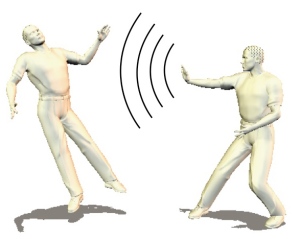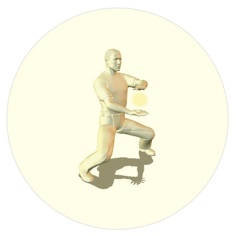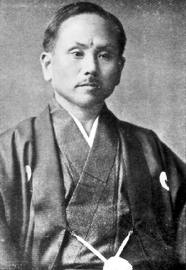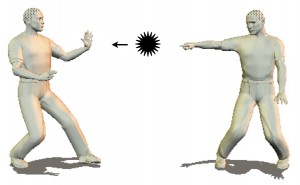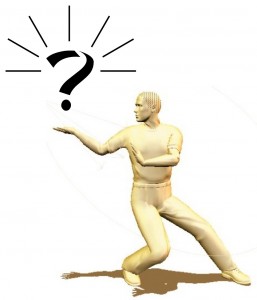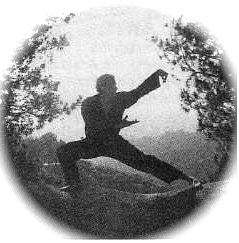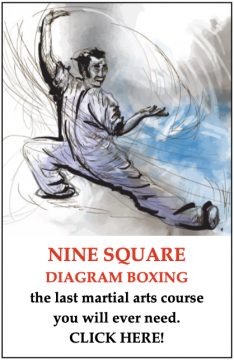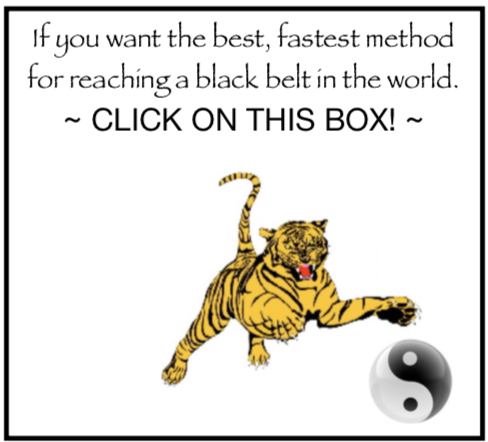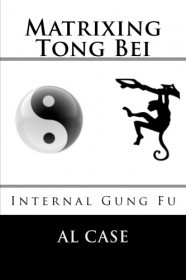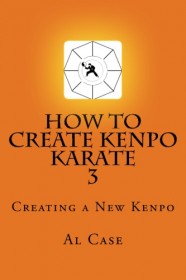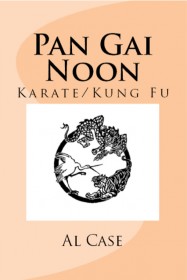Builds Lotsa Ki Energy!
Ki Energy in the Martial Arts is always considered one of those mysterious magician’s gimmicks. Nobody knows how to do it, let alone explain it, yet ki Energy, or chi power or qigong or whatever you want to call it, has grabbed the public imagination.
What is fascinating is that using the body martial arts style, there is an automatic input of energy. Unfortunately, most people never understand it, and thus the effects are unappreciated.
In this piece of writing I’m going to set forth a couple of rules which should help you generate more ki energy. You’ll find that understanding what you are doing is going to really help your martial arts practice.
When you sink into a martial arts stance you are attaching your body to the earth. To hold the ground or to launch the body through space matters not, there is an attachment of the body to the planet, and from this you build your martial arts power.
When you sink into stance you need to analyze the geometry of the body. The geometry should be based upon a simple triangle. The tan tien (the ‘one point’ located a couple of inches below the belly button) is the top of the triangle, the line between the feet provide the base.
Doesn’t matter what martial arts stance you take – horse stance, back stance, whatever – just examine the triangle and make sure the angles of the triangle are functioning.
Functioning means that you are doing two things.
First, breath to the tan tien.
Second, lower the stance, so that you feel more weight, and thus create more energy.
Do these two things for a while, breathing and grounding, and you will find the function in your stance, and ki energy will start to build in your body and manifest in your martial art.
Karate vs Kung Fu vs Aikido…or whatever the fighting discipline…it doesn’t matter. The stance is the item. The art is a stylistic build upon the stance…and the techniques you do will all be mounted upon the stances.
Now, a couple of things to be wary of.
Don’t turn the feet too far to the sides, or turn them too far inwards, seek an alignment of the feet that supports the intention (direction) of the stance, and therefore the technique. This can be confusing until you realize the simplicity of how everything works.
Keep the tan then inside the base of the feet, lest your triangle topple.
Relax.
Breath rhythmically with your motion. Breath in when the body contracts, breath out when the body expands.
Do you see how basic these martial arts instructions for generating ki energy are? The difficulty lies only in thinking that the stances, which is to say the various postures, are complex, and then having to resolve them by inspection until they are simple and make sense.
Read that last sentence again, it is important, it tells you one of the reasons people make the martial arts such a lo-o-ong subject to study.
The truth of the matter is that the body can be rebuilt in as little as three months, and this includes making real and usable ki power. Watch the US army boot camp, or even one of the PX 90 infomercial ads on late night television.
Whether you change the body, and start manufacturing ki power depends not on years of rare exercises and drills that you don’t understand, but simply resolving the simple stances and techniques and martial arts kata to the principles explained here.
For more data, check out this bit of writing on Martial Arts Chi Power. Or, if you want, all the principles that I’ve hinted at in this article on ki power are actually given in the Master Instructor Online Course at Monster Martial Arts.
